The Enigmatic Nocturnal World of Wild Animals
Written on
Chapter 1: The Allure of Nighttime Wildlife
George Shiras III (1859–1942) found himself enchanted by the mysterious ambiance of Lake Superior after sunset. As darkness enveloped the landscape, sounds, shapes, and movements took on a more dramatic tone. He ventured into the night to document the wildlife along the lake's shores. By positioning a lamp at the front of his canoe and remaining still in the shadows at the rear, he patiently waited for the reflection of glowing eyes to emerge from the dark. These “blue, translucent eyeballs” signaled that it was time to silently move closer, take aim, and capture the moment. Thus, Shiras pioneered the first photographs showcasing the nighttime activities of wild animals over a century ago.
In the early days of photography, Shiras had to manage cumbersome cameras that utilized large-format sheet film while out on the water. The flash he employed was a burst of magnesium powder, which he poetically described as a “blowing moon.” He recounted the pivotal moment of taking a photo: “Suddenly there is a click and a white wave of light breaks out from the bow of the boat — deer, hills, trees, everything stands out for a moment in the white glare of noonday. A dull report, and then an inky veil of darkness descends. Just a twenty-fifth of a second has elapsed, but it has been long enough to trace the picture of the deer on the plates of the cameras, and long enough to blind for the moment the eyes of both deer and men.”

HUNTING FOR PHOTOS: Shiras alongside his assistant John Hammer in a canoe equipped with jacklighting gear on Whitefish Lake, Michigan, 1893.
Sometimes, startled animals would charge the boat, causing cameras to topple into the water. Shiras often utilized two cameras: one to capture the creature as it curiously observed the light, and another to photograph it fleeing after the initial flash. Through experimentation, he refined his flash and camera setup over time.
Shiras’ technique was an adapted version of “jacklighting,” a hunting method he learned from Ojibwe Native American guides. His groundbreaking images and writings on “hunting with a camera” in the 1890s played a significant role in popularizing wildlife photography. Additionally, Shiras later served in Congress, where he advocated for the first legislation to protect migratory birds.
A recent publication, George Shiras: In the Heart of the Dark Night, reintroduces a collection of his nighttime photographs, presenting them in a monograph for the first time. The freshness of these images can be attributed to the spontaneity inherent in the experimental approach. The animals, captivated by the boat’s light, either paused in their nocturnal behaviors to gaze or quickly retreated. These photographs serve as records of human-animal interactions, capturing nature as it is observed rather than idealized.
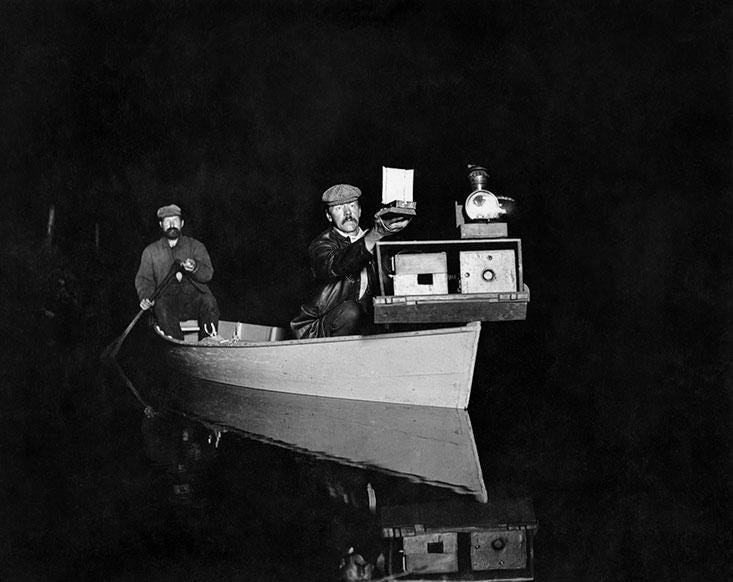
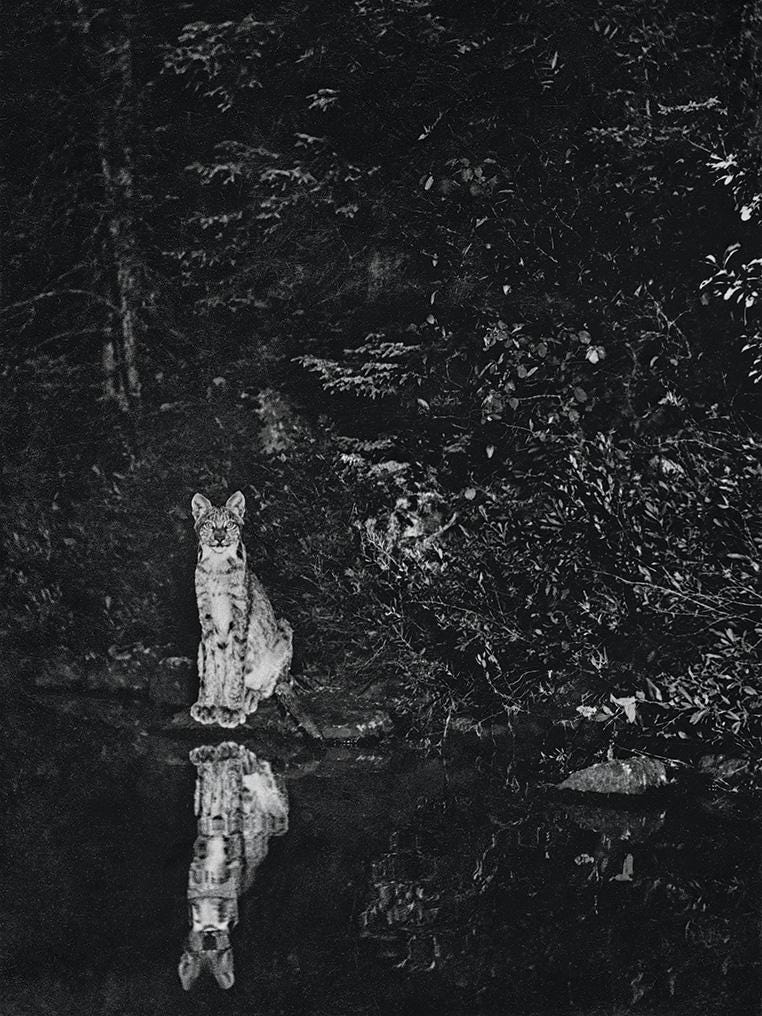
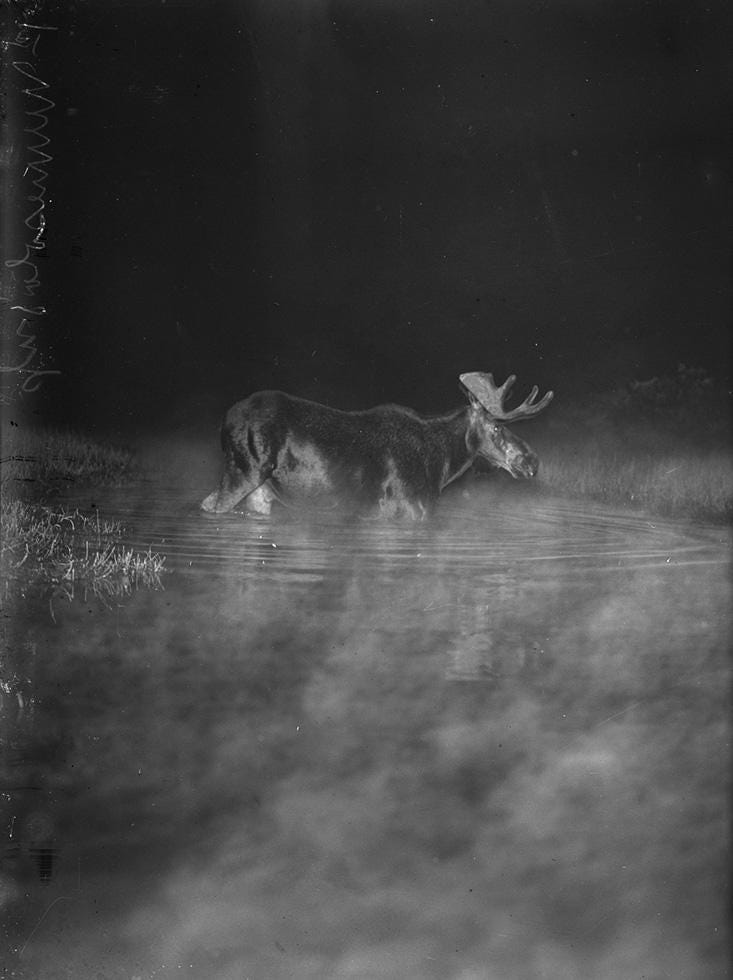
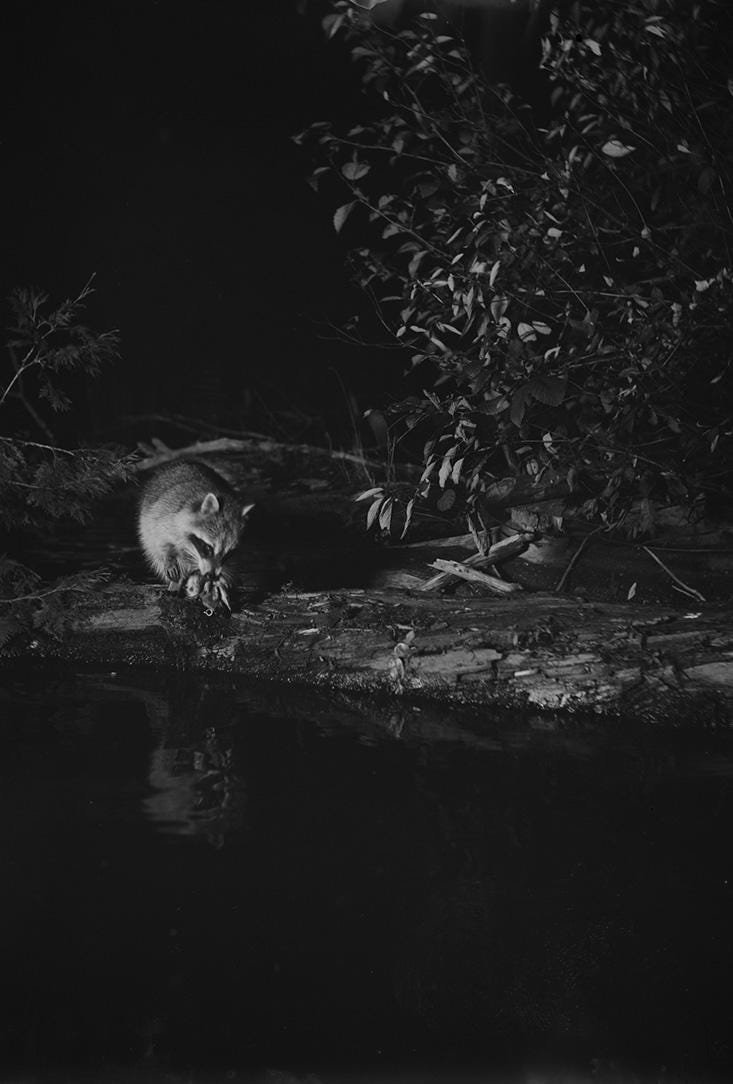
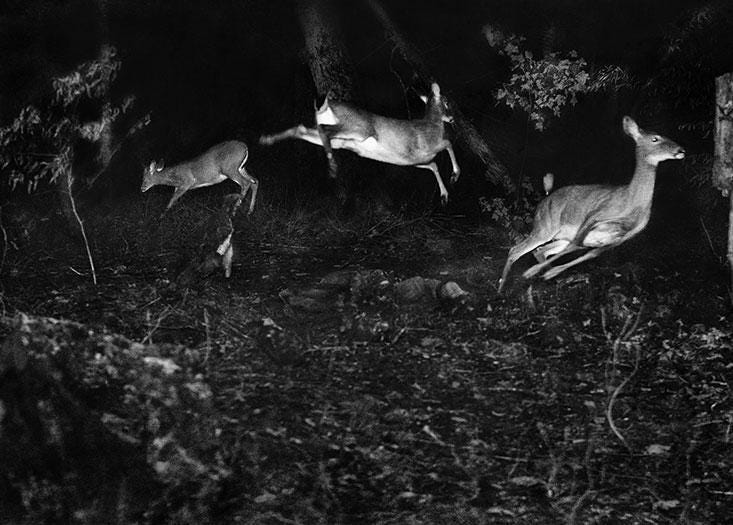
Rebecca Horne is a California-born, Brooklyn-based artist, writer, and multimedia producer. All photography © National Geographic Creative Archives. Distributed in the U.S. by Dap, available on www.Exb.Fr
Chapter 2: The Nocturnal Realm Explored
In the video The Night Shift – Nocturnal - Animal Instincts - Go Wild, viewers will embark on a fascinating journey into the lives of nocturnal animals, showcasing their behaviors and adaptations in the dark.
The second video, NOCTURNAL animals awake at NIGHT, provides further insights into the unique lifestyles of various creatures that thrive in the nighttime environment.